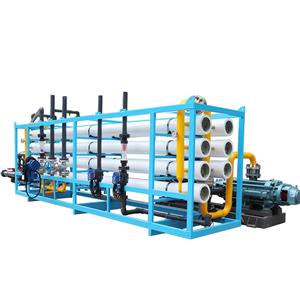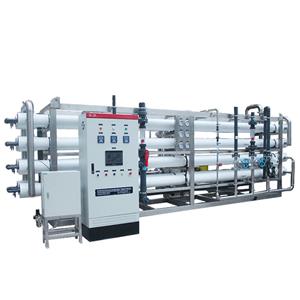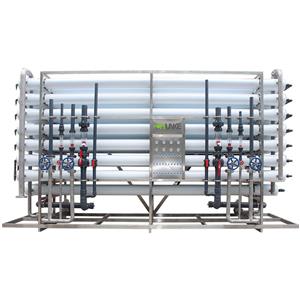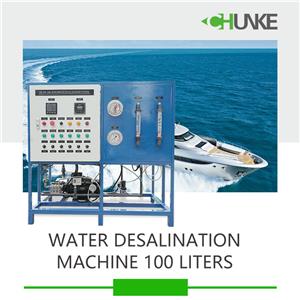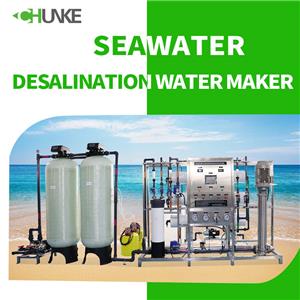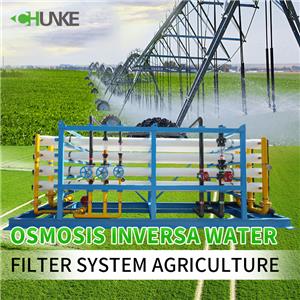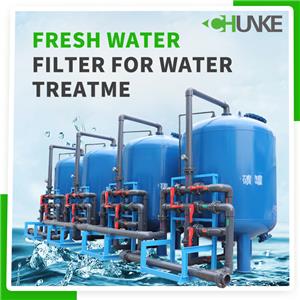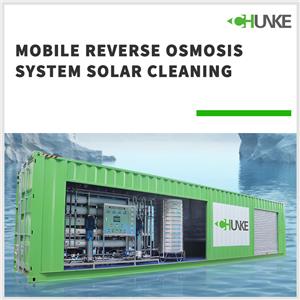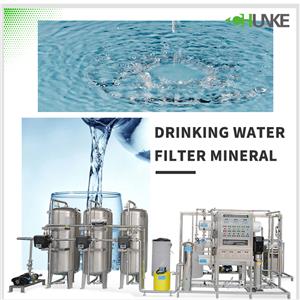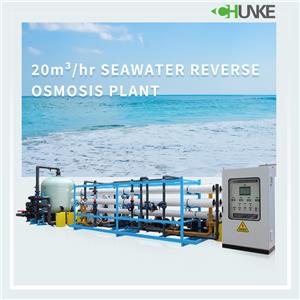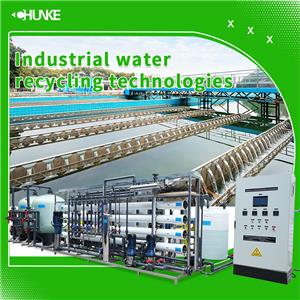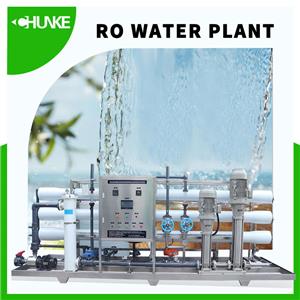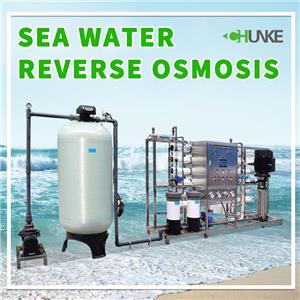-
08-05 2024
Can the desalinated water from a desalination machine be drunk directly?
Reverse osmosis technology can effectively remove most pollutants in seawater, including salt, heavy metals, pathogenic microorganisms and organic pollutants. However, RO is not a panacea. Some trace pollutants may penetrate through the membrane and need to be treated in the post-treatment stage.
-
07-05 2024
Can desalination make seawater drinkable?
After years of development and application, seawater desalination technology has become increasingly mature, and the effluent water quality is stable and reliable, which can meet the high standards of drinking water and industrial water.
-
07-04 2024
Can RO water filtration system be used for agricultural irrigation?
Israel is one of the most water-poor countries in the world, but it is a world leader in agricultural irrigation technology. In Israel's desert areas, reverse osmosis water filtration systems are widely used to treat seawater and salt water to provide high-quality irrigation water.
-
07-01 2024
How do water treatment plants filter fresh water?
The workflow of a water treatment plant is generally divided into the following main stages: pretreatment, primary treatment, secondary treatment and tertiary treatment. Each stage has its specific goals and technical means.
-
06-20 2024
Does the solar reverse osmosis system need to be cleaned?
Where does the solar reverse osmosis system need to be cleaned? 1. Solar panels 2. Pretreatment unit 3. Reverse osmosis membrane 4. Booster pump It is necessary to regularly check the operating status of the pump and clean the inlet and outlet filters, usually every 3-6 months.
-
06-18 2024
Do drinking water filters remove minerals from water?
Due to its efficient filtering ability, the reverse osmosis filter can remove almost all dissolved minerals in the water. This means that the water provided by the reverse osmosis system is almost pure water and does not contain minerals.
-
06-14 2024
How many kWh does a 20m³/hr seawater RO unit consume per day?
According to experimental data, the power consumption required for a 20m³/hr reverse osmosis device to operate for one day (24 hours) under ideal conditions is about 240 kilowatt-hours (kWh). This data shows that the power consumption per cubic meter of fresh water is about 0.5kWh,
-
06-13 2024
What technologies are used for the recycling of water in industry?
Reverse osmosis (RO) technology is usually used for the recycling of water in industry. RO technology is a highly efficient water treatment method that removes impurities and particles from water through a semipermeable membrane filter.
-
05-10 2024
What does RO in water plant mean?
Reverse osmosis (RO) is a common process for purifying or desalinating contaminated water by forcing it through a semipermeable membrane. This technology creates pure water by applying pressure to move water through a membrane, expelling impurities, salts, and other contaminants from the water. The pore size of the reverse osmosis membrane is extremely small, usually about 0.0001 micron, and can effectively filter out small impurities.
-
05-07 2024
Is reverse osmosis suitable for seawater desalination?
Reverse osmosis technology is not only suitable for seawater desalination, but is one of the most advanced, effective and environmentally friendly seawater desalination technologies currently available. This method shows extremely high efficiency in the seawater desalination process and can quickly convert seawater into clean fresh water. Reverse osmosis technology uses less energy and produces significantly fewer greenhouse gas emissions than other desalination methods.

